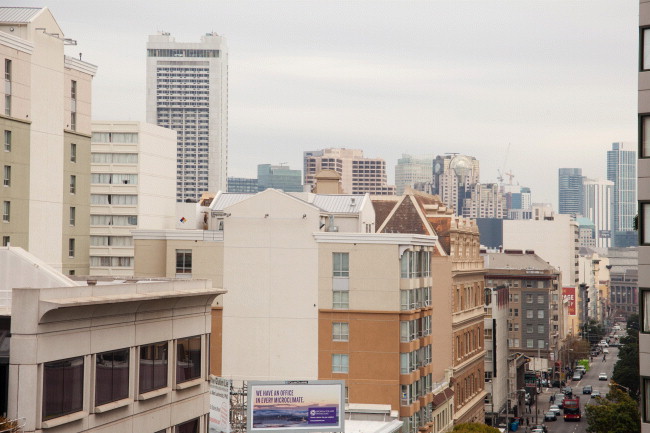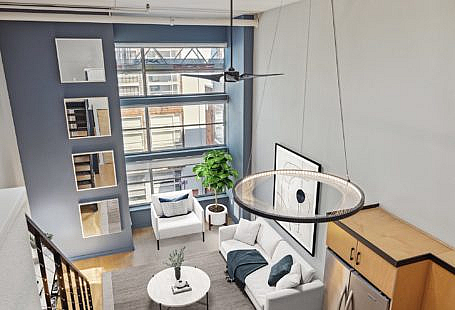If you own a condo in California in a building with at least 3 units, the HOA is required to do an Exterior, Elevated, and Elements (EEE) inspection including but not limited to balconies, decks, walkways supported by wood or wood-based materials every 9 years under a new state law. If you live in SF, you are required to also do a similar more rigorous inspection every 5 years under an older SF local ordinance regardless if the EEEs are supported by wood or wood-based materials.
SB326
This law known as SB326 was passed to enhance public safety after the tragic 2015 balcony collapse in Berkeley which killed multiple people. Its inspection requirements are specifically designed for common-area structures. The EEE inspection includes but is not limited to balconies, decks, walkways, stairways and railings more than 6 feet above grade and supported by wood or wood-based materials. Inspections can only be performed by licensed architects and civil or structural engineers. An inspection report must be prepared and immediate safety threats must be reported within 15 days and corrective actions taken. Inspection reports are maintained within the HOA and are not typically reported to local building officials unless significant safety concerns are identified. Non-compliance can result in civil penalties, enforcement fees, liens, and legal liability. While members of HOAs in larger condo buildings tend to be aware of this new law, many who live in smaller self-managed condo buildings seem to be unaware of it.
San Francisco Housing Code 604
To make things even more interesting, similar to SB326 but not identical, SF Housing Code 604 mandates inspections of EEEs in buildings of 3 or more units which are apartment buildings or condominiums, and hotels with 6 or more rooms. It has been in effect since 2002 and requires that inspections be performed every five years. One big difference between the state law and the local ordinance is that the inspection requires all EEEs to be inspected, not just those that are made of wood materials. I imagine there are a number of homeowners associations who are not even aware that this older local ordinance exists. Licensed general contractors, engineers, architects and structural pest control professionals can perform these inspections.
SB 721
There is another similar state law known as SB 721. While SB 326 focuses on condominiums governed by HOAs, SB 721 applies to multi-unit buildings containing 3 or more dwelling units but not condominium complexes. It covers all load-bearing components of EEEs, including balconies, decks, stairways, and their associated supports and waterproofing systems, with a particular focus on wood-framed balconies due to their susceptibility to decay and deterioration. This law, which requires reporting issues to the local building department, is not effective until December 31, 2025.
Warning to Potential Sellers About Non-Compliance
Besides keeping a building safe and the potential liability if someone should get hurt, there are other reasons to get the inspections. If you live in a condo building and want to sell your condo, I have heard of lenders who will not give a loan on the condo to a potential buyer if the SB326 inspection has not been performed. (I haven’t heard of lenders asking about the SF Housing Code 604 inspection; however, that may not be far off). This means that only people with cash will be able to buy your condo. You don’t want to limit your buyer pool like that. If you are looking to sell your condo and have any questions about this, feel free to give me a call.



